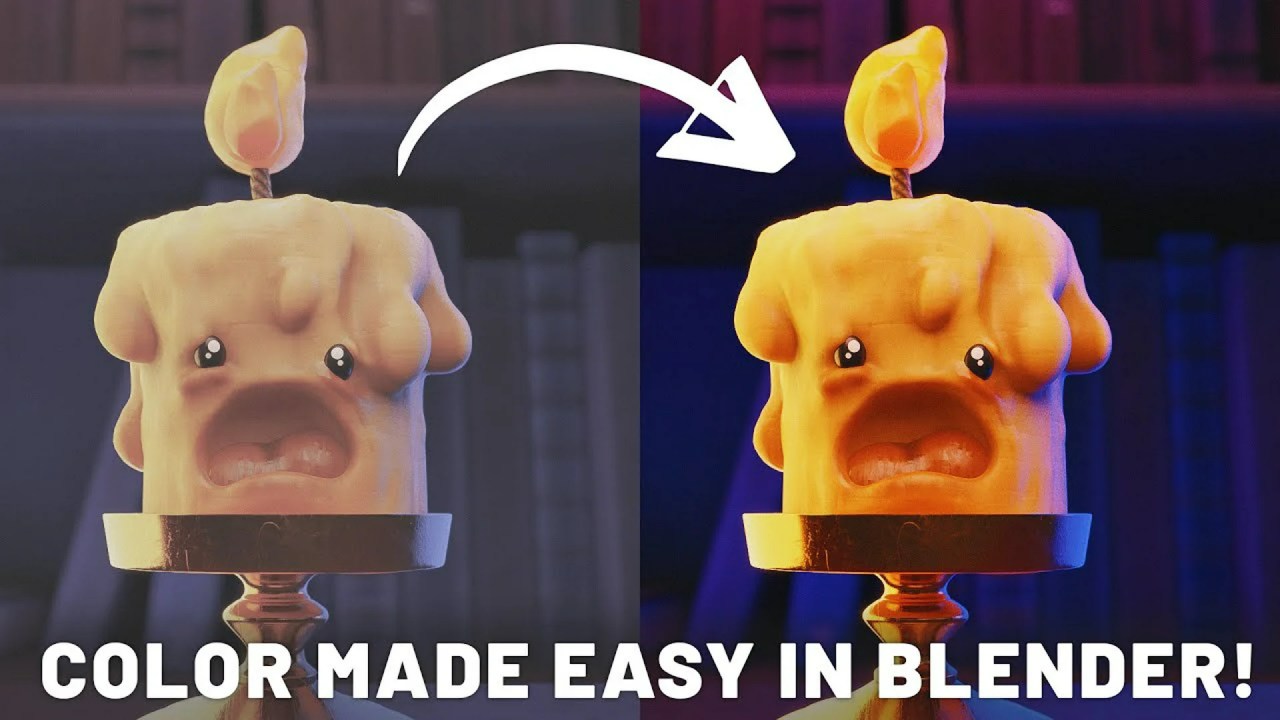Want to build VR games? This guide simplifies setting up your VR development environment in Unreal Engine, focusing on Meta Quest 3. Learn to connect your headset, configure projects, and create interactive objects effortlessly.
Embarking on the journey of virtual reality (VR) game development can seem daunting, but with the right guidance, it’s an incredibly rewarding experience. Many aspiring creators dream of building their own immersive worlds and interactive experiences, yet the initial setup often presents a significant hurdle. This is where Tinkr Academy steps in, demystifying the process and making VR development accessible to everyone.
Tinkr Academy, known for its clear and comprehensive tutorials, offers an invaluable resource for anyone looking to enter the world of VR creation. The academy provides a step-by-step guide on setting up VR in Unreal Engine, specifically using the Meta Quest 3, though the core principles apply to most other VR headsets. The team at Tinkr Academy understands the frustrations beginners face and has crafted a tutorial designed to ease you into the powerful capabilities of Unreal Engine. Did you know that Unreal Engine is the driving force behind some of the world’s biggest VR projects? Its robust toolset and Epic Games’ continuous investment in immersive technologies make it a premier choice for developers.
Getting Started: Quest Link Installation and Headset Pairing
The first crucial step in your VR development journey is establishing communication between your PC and your Meta Quest headset. The Meta Quest Link software is essential for this. Tinkr Academy walks you through downloading and installing this application. While the tutorial focuses on Meta Quest, users of other VR headsets, like HTC, should install their respective manufacturer’s software. After installation, the next phase involves pairing your headset. You have two primary connection options: a USB-C cable for the most reliable, high-bandwidth experience, or Air Link (Wi-Fi) for convenience, though it might offer lower bandwidth and reliability. For the demonstration, the academy opts for Air Link, showcasing its ease of use.
The pairing process begins on your PC within the Meta Quest Link application. Navigate to ‘Devices,’ add your headset (e.g., Quest 3), and select your preferred connection method. Inside your VR headset, access ‘Quick Settings,’ then ‘Settings,’ and locate the ‘Link’ tab. Ensure ‘Link’ is turned on and then ‘Launch’ it. If using Air Link, enable ‘Link over Wi-Fi.’ Your PC should appear as an option to pair with; selecting it and confirming the pairing code on your computer will establish the connection, making your headset visible in the Meta Quest Link application. This seamless connection is the bedrock for all your VR development.
Setting Up Your Unreal Engine VR Project
With your headset successfully paired, it’s time to set up your Unreal Engine project. Tinkr Academy guides you through launching the Epic Games Launcher, opening the latest Unreal Engine version (the video uses 5.6, but the steps are largely consistent across versions), and creating a new project. From the project browser, select ‘Games,’ then ‘Virtual Reality’, give your project a descriptive name (e.g., “VR demo 1”), and click ‘Create.’ Once your Unreal Engine project loads, you’ll see a default VR world complete with objects like guns and cubes, ready for your modifications.
Activating the VR preview is your gateway into your newly created world. First, put your headset into Quest Link mode by launching Quest Link from its quick settings. This transports you into a white Quest Link environment. Back in Unreal Engine, the ‘VR Preview’ option will now be available in the playback controls. Clicking this streams the Unreal Engine environment directly to your headset, enabling real-time interaction. You can experience controller-based hand movements, head tracking, teleportation, and object interaction. If the VR preview ever appears grayed out, simply re-launching Quest Link in your headset will resolve it, a common occurrence, especially with Air Link.
Crafting Custom Grabbable Objects
The tutorial doesn’t stop at setup; it empowers you to create custom interactive elements. The Tinkr Academy instructor demonstrates how to create custom grabbable items using the existing blueprints provided in the VR template. Duplicate an existing grabbable item (like the ‘grabbable small cube’) and rename it (e.g., “bp_grabable_statue”). Opening this new blueprint allows you to change its static mesh component to any desired 3D model. Critically, for any custom mesh, two settings must be checked: the ‘Collision Presets’ should be set to ‘Physics Actor‘ within the blueprint, and the 3D model itself (accessed via the Static Mesh Editor) must have collision data. If collision is missing, you can easily add simplified collision. After compiling and saving the blueprint, you can drag your new custom grabbable item into the scene. Jumping into VR Preview then allows you to pick up, manipulate, and throw your newly created object, confirming your full setup for interactive VR development!
This comprehensive guide from Tinkr Academy provides a solid foundation for anyone eager to build their own VR experiences. The steps are clear, concise, and designed to get you creating quickly. Tinkr Academy also offers a vibrant Discord community where you can connect with fellow developers, share your progress, and get support.
Source:
Unreal Engine VR Setup Made Easy (Full Beginner Guide)



